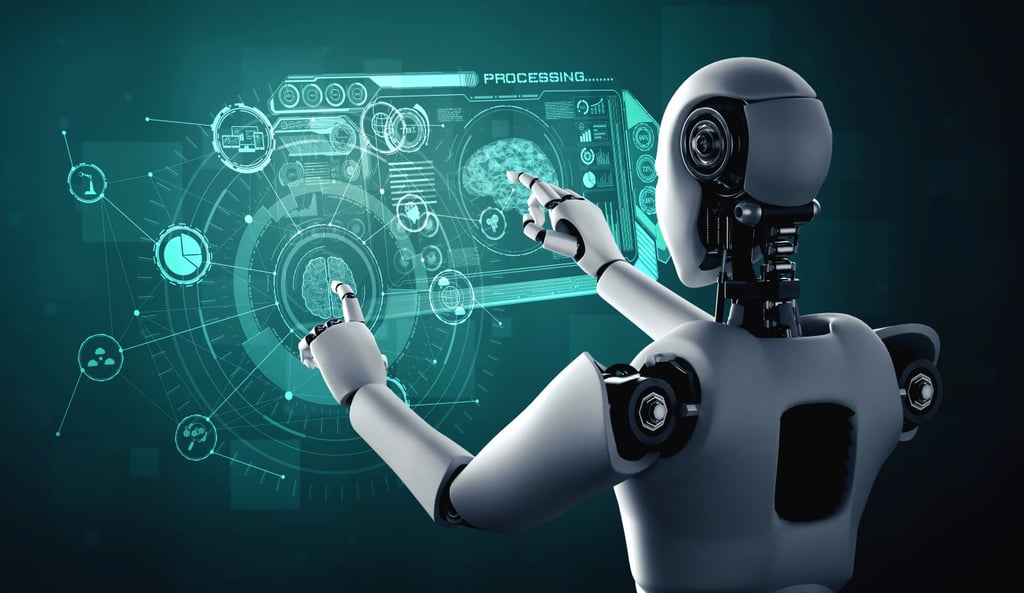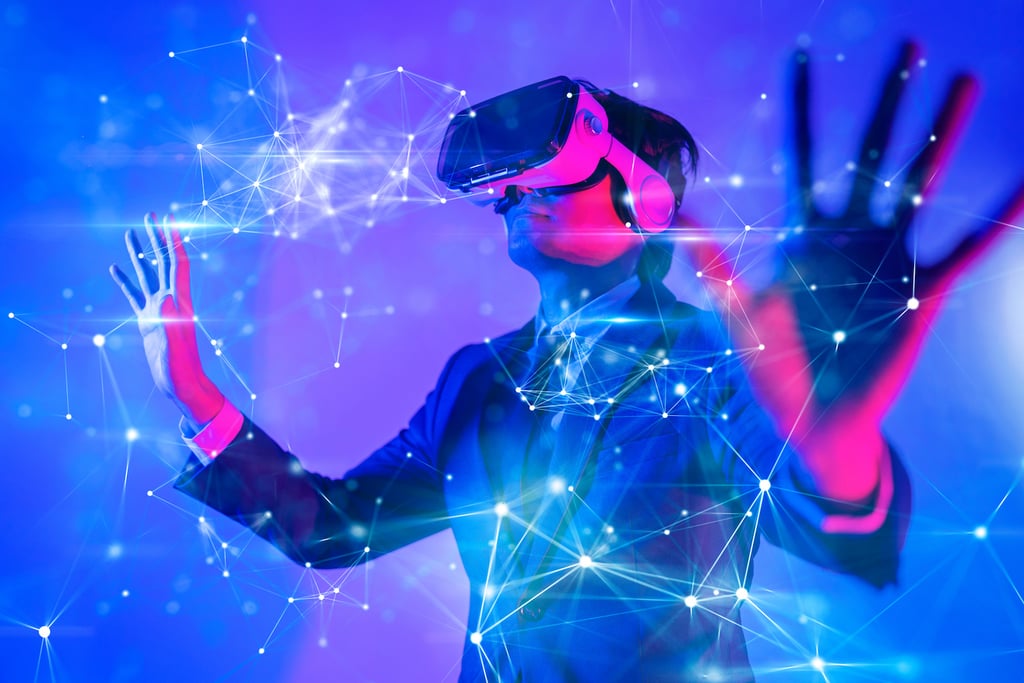
The Latest Fashion – Wearable Computers

Most enterprises are still getting used to the idea of employee-owned data access devices and all the architecture-, infrastructure- and policy-related challenges that go with them.
But like virtualization, the cloud and everything else affecting the data center, the Bring Your Own Device (BYOD) phenomenon is only just beginning, and the ultimate ramifications are open to wide interpretation at this point.
Already, the movement is passing by such workaday devices as tablets and smartphones to entirely new classes of hardware that may or may not even require the user’s active participation in order to engage enterprise resources. A case in point is the new lines of wearable devices, spearheaded by Google Glass but potentially encompassing all manner of gadgets like wristbands, lapel pins and even hats and shoes (if someone tries to get me to wear smart-underwear, that may be the day I decide to check out of the human race and go live on a mountain somewhere).
What sort of value could these things bring to the enterprise, you may ask? Plenty, says Forrester’s J.P Gownder. In fact, their utility as enterprise devices may prove to be the quickest route to the mass market should they fail to catch on as fashion statements. For one thing, employees participating in HR wellness programs can utilize wearables to track progress and connect with other participants, which can ultimately reduce the organization’s health care costs. High-security facilities could deploy wearables to perform continuous, automated authentication tests, rather than subject employees to multiple code checks and passwords.
For every positive, though, there is a negative, and the chief one with wearables will undoubtedly be security – in terms of keeping outsiders from getting in and sensitive information from getting out. As Forbes’ Scott Koegler points out, most organizations have rules regarding cell phone or tablet camera usage while at work, but with Google Glasses or, even worse, Google contact lenses, how will such a policy be enforced, and if it can’t, who will own images recorded at work if they are, say, subpoenaed for an EEO complaint or workers comp dispute? Let’s hope, though, these new technologies will enter the workplace the way earlier mobile devices did: through the executive class who could then refine and implement usage policies before the devices become widely available.
Realize, of course, that all of this is only a subset of the larger trend toward the Internet of Things (I’ll bet “the Internet of Everything” was deemed too Orwellian by the people who coined the phrase). Once everything we touch starts pinging some data resource somewhere in the cloud, concepts like “data vulnerability” and even “enterprise infrastructure” start to lose their meaning. Boston Attorney Joe Stanganelli, for example, sees an immediate threat to industrial control systems and other critical infrastructure if a) smartphone security features don’t smarten up real soon, or b) enterprise managers don’t rapidly improve their understanding not just of their own infrastructure, user devices included, but how it interacts with the wider world. After all, within the Internet of Things, there is bound to be the BotNet of Things.
Of course, dire predictions have accompanied just about every technology advancement since Gutenberg’s Bible. But it’s a safe bet to say that issues like security and usage will be worked out before wearable technology becomes ubiquitous.
The enterprise stands to gain a lot from increasingly intelligent user access devices. And even if certain aspects of your infrastructure slip beyond your grasp, it simply means you need to shift the focus of management and control to the application layer, or even the data itself.











